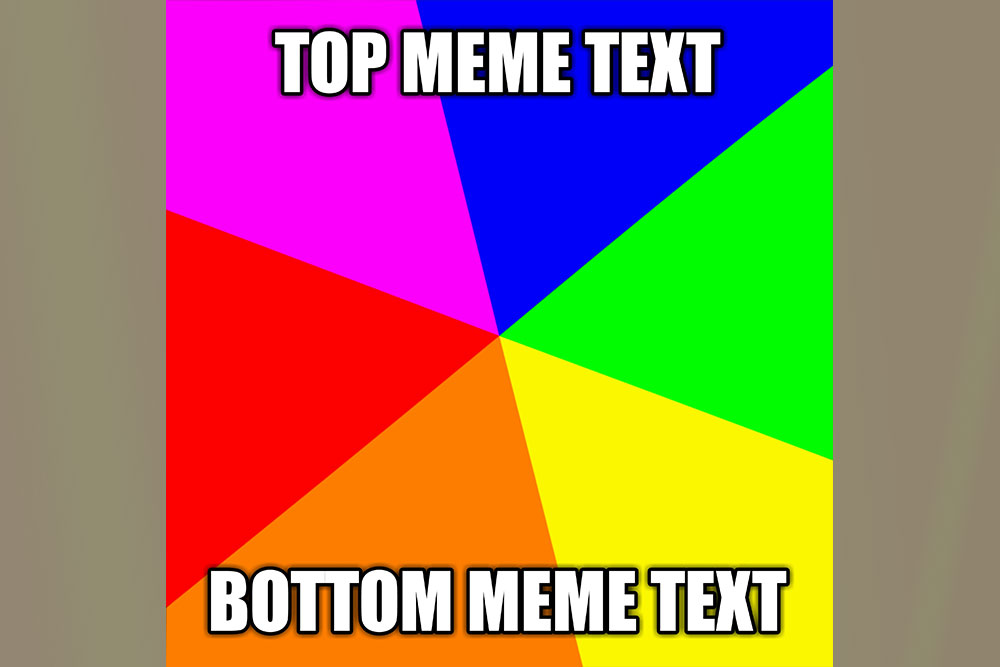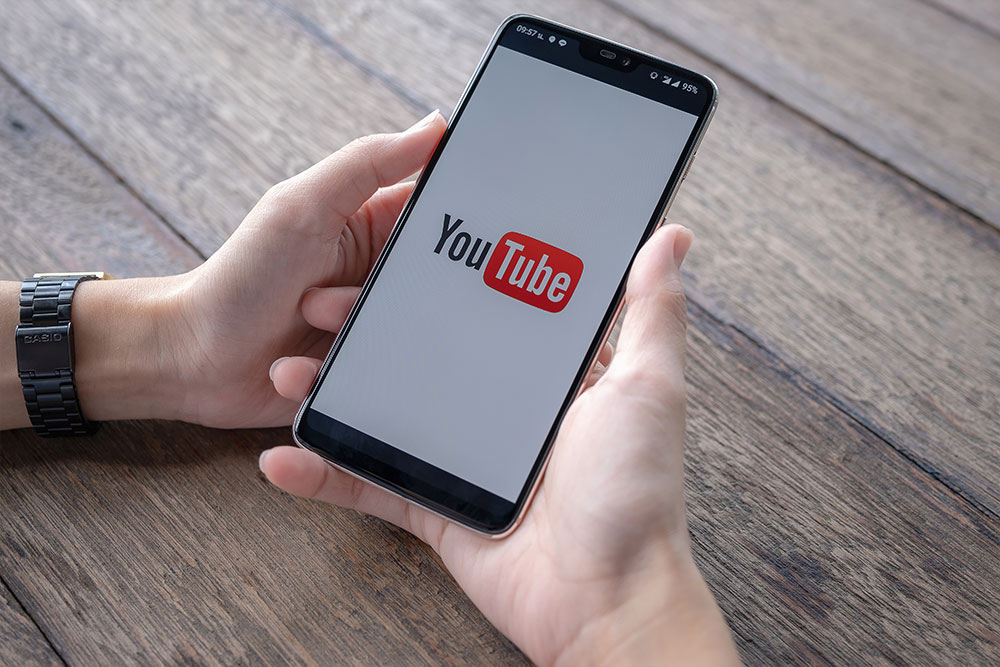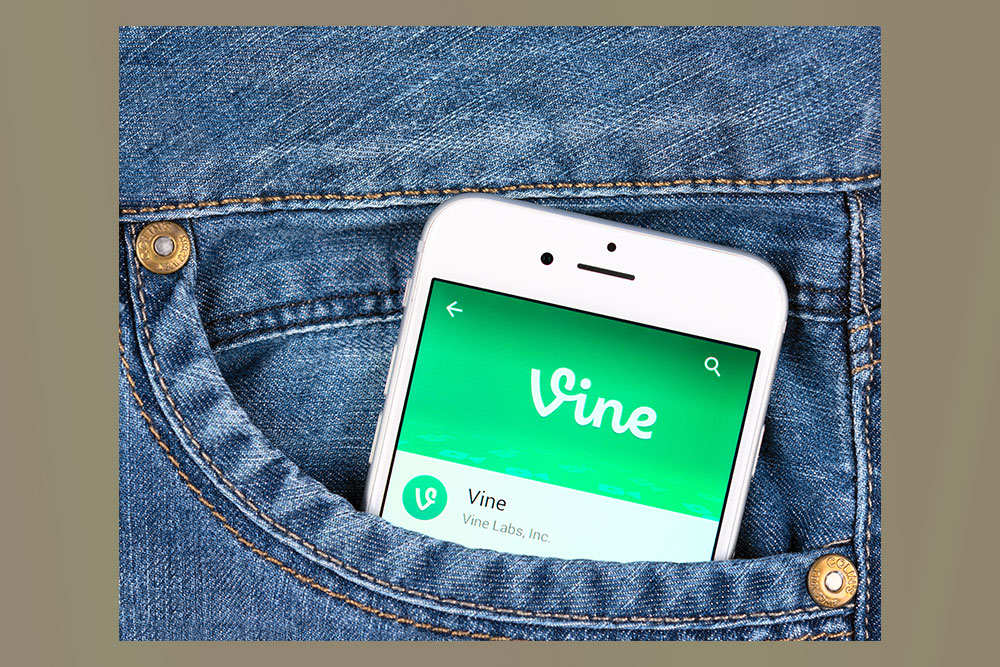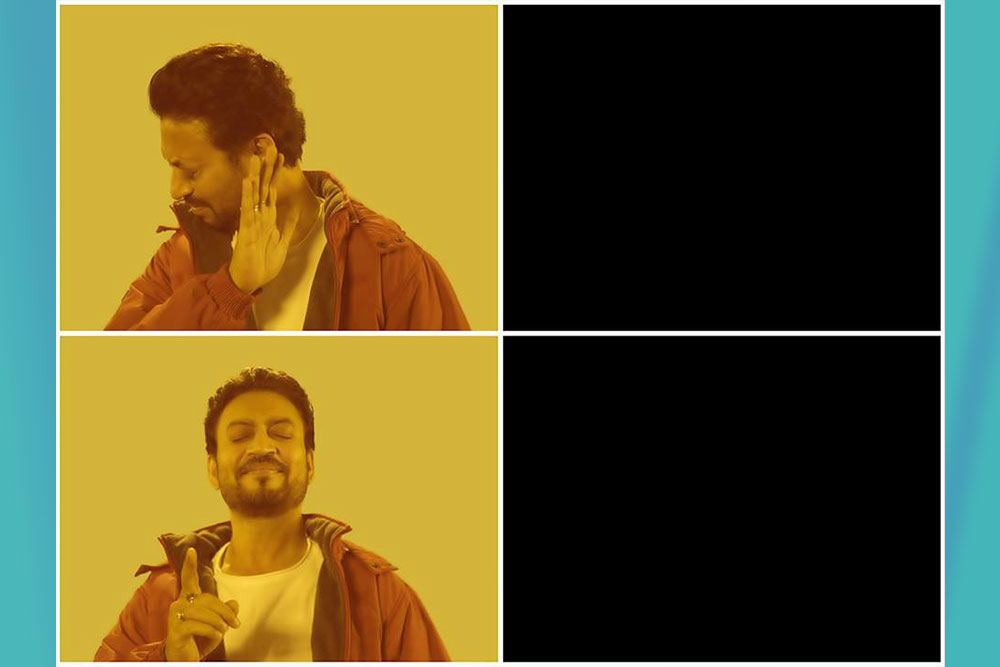If you scroll through your social media, or even the photo gallery on your phone, it’s highly likely that you would be coming across a lot of memes. Memes were once regarded to be nothing more than bizarre images created by members of the internet to pass the time. They're now a regular element of social media activity, being used, shared, and consumed every minute.

The growth of the meme in popular culture has paralleled the rise of the internet and social media in people's lives. Memes have become the ideal vehicle for promoting information, comedy, and opinion as people spend more time online. Memes have evolved from simple image alterations intended to make people laugh into rhetorical devices capable of distributing information to millions of people, making them one of today's most important mediums. Let’s look at how memes have evolved over the years.
What is a meme?
A meme, in today's parlance, is anything that is a joke on the internet, usually wrapped in a layer of self-deprecation, sarcasm, or irony. Memes can be image-, video-, or text-based, and they can be copied, reprinted, or reinterpreted by others, resulting in a completely new rhetorical statement.

Meme Timeline
Memes were once an obscure sort of early online humour, with early homes in forums and sites such as Ebaum's World and 4chan. Early memes were based on single images and notions due to the lack of content generation tools.
The memes that followed featured a photograph on a coloured pinwheel background or a hilarious shot with a single sentence, two-step punchline.

Rage Comics
Rage Comics, multipanel images that depicted a difficult, humorous, or somehow hilarious real-life event, were supplemental to top text and bottom text. The comics' accessibility was aided by the fact that they were created with little effort (the vast majority were created in Microsoft Paint), contributing to their going viral and status as a widely understood mode of communication, with each face (such as the now-ubiquitous Trollface) becoming instantly recognisable regardless of language.
Videos
Memes took on a new life form in 2007: videos. Funny moments that were caught on camera at precisely the right time became a popular source of entertainment on the internet.
Tumblr
All of these early memes started on 4chan and subsequently spread to Tumblr, a photo sharing platform, where they became practically popular. Tumblr's ascent to prominence as a social media site coincided with the mainstreaming of memes. Many Tumblr memes were taken directly from the aforementioned original sources, allowing them to reach a wider audience.
Accounts dedicated just to posting memes were formed and quickly grew in popularity, a trend that would later be replicated with the rise of Facebook and Twitter accounts. Memes, and their development, became more accessible with an audience that was both tiny enough to feel like they were the only ones in on the joke, yet large enough to cater to.
Furthermore, the site's reblog feature played a significant role in the transformation, remixing, and reinterpretation of content and ideas—the basic concept of memes.

YouTube
The short-timed funny videos opened doors to more of such content, which sky-rocketed with YouTube. The site's emergence as a legitimate content-hosting platform resulted in an increase in video memes, which later gave way to movement-based memes, which urged viewers to physically participate in current content.
Twitter
In 2009, Twitter became known as the 'new' social media platform. The platform became a perfect incubator for memes thanks to its retweet capability (similar to Tumblr's reblog feature).
Twitter, as a meme vehicle, began to grow with its instant-response format, photo-capability added in 2011, and a new demography. Initially, like with Tumblr, the memes were stolen from other sites.
Twitter added a native video upload tool in 2015, as well as the ability to quote tweets, paving the door for memes to evolve into multi-layered, multimedia presentations in the future.

Vine
A timeline of memes would be incomplete without discussing Vine, which perhaps surpassed YouTube as the leading developer of video-based memes during its brief existence. With only six seconds and no native upload function, producers were forced to be resourceful, devising workarounds such as recording a portion of the linked item on a computer screen or recreating it from scratch.
Viners were able to remix content with parts that had previously reached the public consciousness, which were often also Vines, once the app was upgraded to allow users to post videos that were not generated within the platform. The majority of today's classic Vines are the result of this second wave of content creation, and we're all better off as a result.

The Evolution Of Memes
Memes have evolved from a concept that envisioned the evolution of human thought to becoming a formative aspect of public discourse.
Memes have evolved from a relatively hidden kind of casual comedy to a commonplace aspect of social interaction. They're still frequently employed as comic devices, but they've also evolved into such a well-known communication tool that they may now be used to transmit ideas, thoughts, and information.
Whether it’s a new television show, or the latest movie release, there is ‘meme-worthy’ content to be found everywhere. In fact, movies released almost a decade or two ago have once again become popular owing to the many memes that are made on them.
Brands and corporates alike, have switched to meme content in order to run campaigns or informative posts. As these posts gain maximum views and encourage discussions.
In Conclusion
Memes will continue to adapt and expand in the same way that they have in the past. Memes may change how they're consumed, and some may lose their ability to stay current, but considering how deeply they've penetrated the public consciousness, they're here to stay.